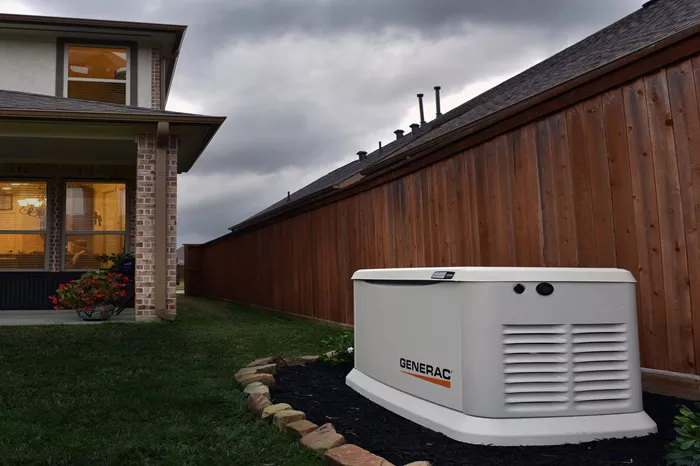Choosing the right generator for your home is crucial to ensure you have enough power during an outage. The key factor in selecting a generator is determining how many watts you need. This guide will help you understand wattage requirements, the difference between running and starting watts, and how to calculate the right generator size for your home.
Understanding Watts: The Basics
Before choosing a generator, it’s important to understand what watts are and how they affect your power needs.
Watts (W) : measure the amount of power an electrical device uses.
Kilowatts (kW) : equal to 1,000 watts (often used for larger appliances).
Running (Rated) Watts : The continuous power needed to keep an appliance running.
Starting (Surge) Watts : The extra power required when an appliance first starts (usually 2-3 times higher than running watts).
For example, a refrigerator might need 700 running watts but 2,100 starting watts when the compressor kicks on.
How to Calculate Your Home’s Power Needs
To determine the right generator size, follow these steps:
Make a List of Essential Appliances
Identify which appliances and devices you want to power during an outage. Common essentials include:
- Refrigerator (700W running, 2,100W starting)
- Freezer (600W running, 1,800W starting)
- Lights (60W per bulb, or 10W for LED)
- Furnace Fan (800W running, 2,300W starting)
- Sump Pump (1,000W running, 2,300W starting)
- Microwave (1,000W)
- TV (200W)
- Laptop/Phone Chargers (50-100W)
Add Up Running Watts
Calculate the total running watts of all appliances you plan to use simultaneously.
Example
- Refrigerator: 700W
- Freezer: 600W
- 10 LED Lights: 100W
- Furnace Fan: 800W
- TV: 200W
- Total Running Watts = 2,400W
Account for Starting Watts
The highest starting wattage in your list will determine if your generator can handle power surges.
Example
- Refrigerator starting watts: 2,100W
- Freezer starting watts: 1,800W
- Furnace fan starting watts: 2,300W
Since appliances don’t all start at once, only the highest starting watt matters. In this case, 2,300W is the largest surge.
Choose the Right Generator Size
Your generator must handle:
- Total Running Watts (2,400W)
- Highest Starting Watts (2,300W)
Since starting watts are temporary, you don’t add them to the total. Instead, ensure your generator’s starting watt capacity exceeds the highest surge (2,300W). A 3,500W generator (with 3,500 running watts and 4,500 starting watts) would work in this scenario.
Generator Sizing Guide for Different Homes
Small Apartment or Essential Circuits Only (3,000–5,000W)
- Powers fridge, lights, phone charger, and a few small appliances.
- Best for short outages or minimal power needs.
Medium-Sized Home (5,000–8,500W)
- Handles fridge, freezer, furnace, sump pump, lights, and a microwave.
- Good for most households during extended outages.
Large Home or Whole-House Backup (10,000W–20,000W)
- Powers central AC, electric water heater, well pump, and all major appliances.
- Requires a standby generator (permanently installed).
Additional Factors to Consider
Fuel Type (Gas, Propane, or Diesel)
Gasoline: Common but requires frequent refueling.
Propane: Longer shelf life, cleaner burning.
Diesel: More efficient for large generators.
Portable vs. Standby Generators
Portable (3,000–10,000W): Movable, cheaper, but requires manual setup.
Standby (10,000W+): Automatically kicks in during outages; more expensive.
Inverter Generators for Sensitive Electronics
If you’re powering computers or medical devices, an inverter generator provides cleaner, stable power.
Final Tips for Choosing the Right Generator
- Always go slightly higher than your calculated wattage to avoid overloading.
- Prioritize essentials if using a smaller generator.
- Check voltage requirements (most homes use 120V, but large appliances may need 240V).
- Consider future needs – Will you add more appliances later?
Conclusion
Determining how many watts you need for a home generator depends on your essential appliances and their power demands. By calculating running and starting watts, you can choose a generator that keeps your home running smoothly during an outage. Whether you need a small portable unit or a whole-house standby system, the right wattage ensures reliability and safety.
If you’re unsure, consult an electrician to help assess your home’s power requirements accurately. Investing in the right generator now can save you from costly inconveniences later.

